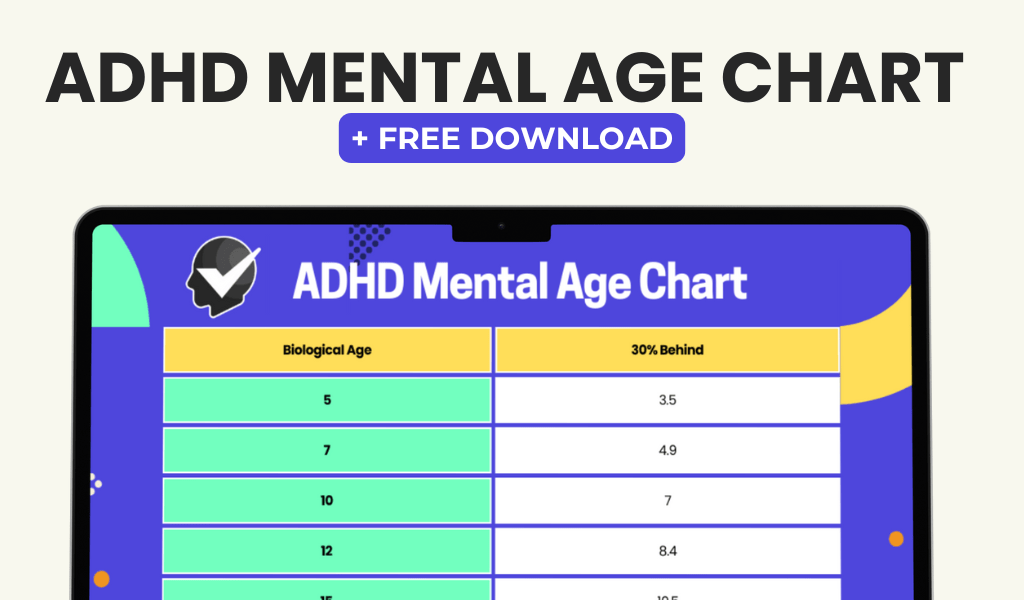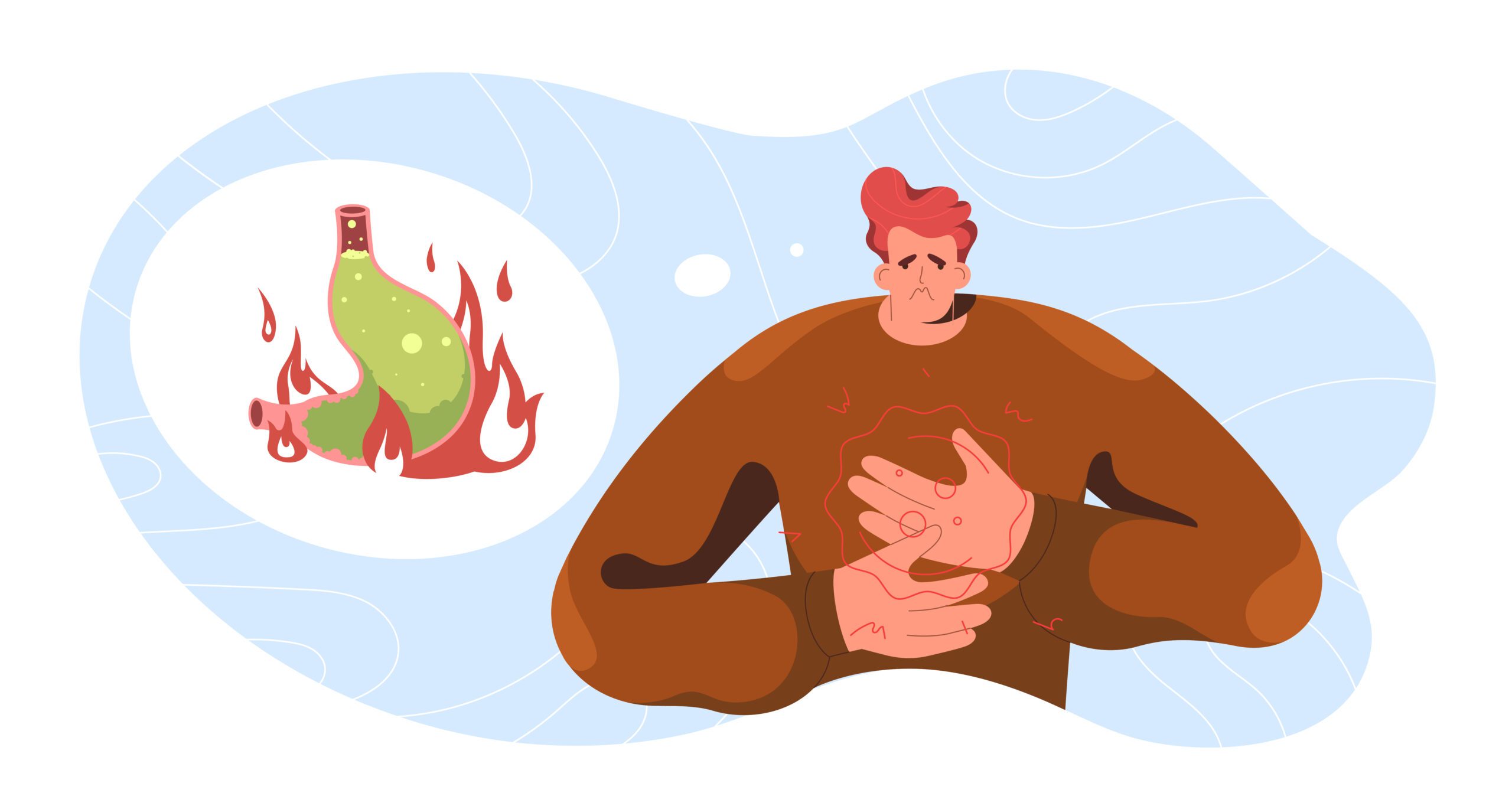A neurodevelopmental disorder that affects both children and adults is called Attention-Deficit/Hyperactivity Disorder, or ADHD. Symptoms including impulsivity, hyperactivity, and inattention are what define it. For kids with ADHD, their parents, and teachers, these symptoms can pose particular difficulties in an educational environment. Establishing a welcoming and inclusive learning environment for these students requires a thorough understanding of the behaviors linked to ADHD. Three primary areas of symptoms that children with ADHD frequently display are hyperactivity, impulsivity, & inattention.
Key Takeaways
- ADHD behavior in school can be better understood by identifying symptoms and common challenges faced by children with ADHD.
- Strategies for managing ADHD behavior in the classroom include creating a structured routine, helping your child stay focused and organized, and encouraging positive behavior.
- Working with teachers and school staff is important in supporting your child with ADHD in school.
- Creating a structured routine for your child at home and school can help them manage their ADHD symptoms.
- Coping with frustration and maintaining patience as a parent is crucial in supporting your child with ADHD.
Impulsivity is the act of acting without first thinking, whereas hyperactivity is the excessive movement and restlessness. On the other hand, inattention is characterized by trouble concentrating and maintaining focus. These symptoms could show up in a variety of ways in a classroom setting. For example, a child suffering from ADHD might find it difficult to remain still & might constantly fidget or wriggle in their seat. They might also find it difficult to wait their turn and will often interrupt other people. When it comes to inattention, a child with ADHD could find it hard to pay attention, misplace their belongings, or disorganize their supplies.
There are several difficulties that children with ADHD encounter in the classroom. Among the primary obstacles is the problem of organization. In addition to having unkempt & disorganized workstations, they might find it difficult to remember assignments and to bring necessary materials to class. This may result in a decline in the student’s academic performance as well as frustration for the teachers. One other common difficulty that kids with ADHD face is following directions. They might struggle to comprehend and retain multi-step instructions, which could result in assignments that are either incomplete or incorrect.
These kids can also have trouble focusing because they are easily sidetracked by outside distractions or by their own thoughts. Social interactions may also be impacted by these difficulties. Due to impulsive behavior, children with ADHD may find it difficult to wait their turn during group activities, interrupt others during conversations, and maintain friendships. Low self-esteem and isolated feelings may result from this.
| Metrics | Description |
|---|---|
| Number of students with ADHD | The total number of students in the school who have been diagnosed with ADHD |
| Number of students receiving accommodations | The number of students with ADHD who are receiving accommodations such as extended time on tests or preferential seating |
| Number of behavior incidents | The total number of behavior incidents involving students with ADHD |
| Number of successful interventions | The number of interventions that have been successful in managing ADHD behavior in school |
| Number of unsuccessful interventions | The number of interventions that have not been successful in managing ADHD behavior in school |
| Attendance rate for students with ADHD | The percentage of school days attended by students with ADHD |
| Academic performance of students with ADHD | The average grades or test scores of students with ADHD compared to the rest of the student population |
Thankfully, educators have various tactics at their disposal to assist in controlling the disruptive behavior of students with ADHD in the classroom. Establishing regularity and structure is one useful tactic. A regular daily routine can help children with ADHD feel more secure & focused because they do best in predictable environments. One way to achieve this is to establish designated periods for various tasks, like reading, math, and playing outside.
Another useful tactic is to divide jobs into smaller steps. Dividing big assignments into smaller, more achievable tasks can help children with ADHD feel less overwhelmed by them. For the purpose of aiding students in understanding and remembering instructions, teachers can also provide charts or diagrams.
Another useful tactic for controlling ADHD behavior is the use of positive reinforcement. This entails recognizing & rewarding students for good deeds like staying on task or obeying instructions. This can support and inspire kids with ADHD to maintain their good behavior. Supporting children with ADHD in the classroom requires cooperation between parents and educators. It’s critical that parents and teachers have regular, open communication regarding the needs and difficulties of their children. This may entail disclosing details regarding their child’s diagnosis of ADHD, talking about any medication or therapy they may be taking, & offering feedback on their child’s strengths and shortcomings.
Educators can also be very helpful in helping kids with ADHD by using strategies that are tailored to each child’s needs. This could entail offering more assistance or making accommodations, like giving students more time to complete their assignments or giving them preferred seating. It can be ensured that a child’s needs are being met and that any necessary adjustments are made by having regular check-ins between parents and teachers. Children with ADHD benefit from having a regular routine at home in addition to a structured schedule at school. They may feel less stressed & have better concentration as a result of feeling more in control and organized.
Setting aside specific times for meals, homework, and bedtime as well as spaces for various activities can all be part of a regular schedule. Involving the child in developing their own routine can also be beneficial. In addition to helping them learn critical time management skills, this can instill in them a sense of accountability and ownership. A visual reminder of what needs to be done can be obtained by using visual aids like schedules or calendars, which can help to reinforce the routine.
Parents of children with ADHD can help them stay organized and focused by implementing a number of strategies. Reducing the amount of environmental distractions is one useful tactic. Creating a peaceful & organized study space, shutting off electronics during study sessions, and, if required, donning noise-canceling headphones are some examples of how to achieve this. Children with ADHD can benefit from visual aids as well. A visual reminder of what needs to be done can be obtained by using a checklist, which can be used to break down tasks into smaller steps.
Using labels & color-coding supplies can improve organization and lessen the chance that items will be misplaced. For kids with ADHD, it’s crucial to reward good behavior and reinforce positive habits. Praising and awarding kids for displaying desired behaviors—like turning in assignments on time or obeying directions—is known as positive reinforcement.
To achieve this, a token system, modest prizes, or verbal praise can be used. Reward and praise should be given in a clear and consistent manner. Give specific comments on the child’s accomplishments rather than just a “good job” statement. “Excellent job focusing & finishing your math assignment without getting distracted,” for instance. Also, consistency is essential because it teaches kids what is expected of them and strengthens the link between good behavior and rewards. Having an ADHD child can make parenting difficult and frustrating at times.
It’s critical to recognize these emotions & develop constructive coping mechanisms. It’s important to look after your physical and mental health because it will make it easier for you to be understanding and patient with your child. Establishing a support network can be helpful as well. One way to do this is to find other parents who are going through similar things, join a support group for parents of children with ADHD, or seek therapy or counseling. It’s critical to keep in mind that you are not parenting a child with ADHD alone, and that there are resources available to support you as you navigate these difficulties.
For parents and other caregivers of children with ADHD, there are a number of books that offer insightful advice and practical strategies. The following titles are suggested: 1. Russell A.
Smith’s book “Taking Charge of ADHD: The Complete, Authoritative Guide for Parents”. Barkley: This in-depth manual provides evidence-based tactics and useful guidance for handling children’s ADHD behavior. 2. Lawrence E. Miller is the author of “The ADHD Workbook for Kids: Helping Children Gain Self-Confidence, Social Skills, and Self-Control.”. Shapiro: This workbook helps kids with ADHD acquire critical abilities like self-control and social skills through interactive exercises and activities. 3.
Peg Dawson and Richard Guare’s book, “Smart but Scattered: The Revolutionary “Executive Skills” Approach to Helping Kids Reach Their Potential,” focuses on helping kids with ADHD develop executive skills like time management and organization. In conclusion, it is critical to comprehend and control ADHD behavior in the classroom in order to establish a welcoming and inclusive learning environment for kids with the disorder. Teachers and parents can assist these children’s academic and social development by recognizing the signs of ADHD, appreciating the difficulties they encounter, and putting helpful strategies into practice. Working cooperatively with educators and other school personnel is crucial, as is establishing a disciplined schedule and offering assistance and encouraging feedback.
We can enable kids with ADHD to flourish in the classroom & realize their full potential if we take this approach.
If you’re looking for more information on ADHD behavior problems at school, you might find this article from ADHD Testing helpful. It explores the challenges faced by students with ADHD and provides insights into managing their behavior in an educational setting. Check out the article here to gain a deeper understanding of how ADHD can impact school performance and discover strategies to support these students effectively.
FAQs
What is ADHD?
ADHD stands for Attention Deficit Hyperactivity Disorder. It is a neurodevelopmental disorder that affects a person’s ability to focus, control impulses, and regulate behavior.
What are the common behavior problems associated with ADHD at school?
Common behavior problems associated with ADHD at school include difficulty paying attention, impulsivity, hyperactivity, forgetfulness, disorganization, and poor time management.
How does ADHD affect academic performance?
ADHD can affect academic performance by making it difficult for students to concentrate, complete assignments, and follow instructions. It can also lead to poor time management, forgetfulness, and disorganization, which can impact grades and overall academic success.
What are some strategies that can help students with ADHD succeed in school?
Some strategies that can help students with ADHD succeed in school include creating a structured routine, breaking tasks into smaller, manageable steps, using visual aids, providing frequent feedback and positive reinforcement, and working with a teacher or counselor to develop a personalized plan.
Can medication help with ADHD behavior problems at school?
Medication can be an effective treatment for ADHD behavior problems at school. Stimulant medications, such as Ritalin and Adderall, can help improve focus and reduce impulsivity and hyperactivity. However, medication should be used in conjunction with other strategies, such as behavioral therapy and academic support.














